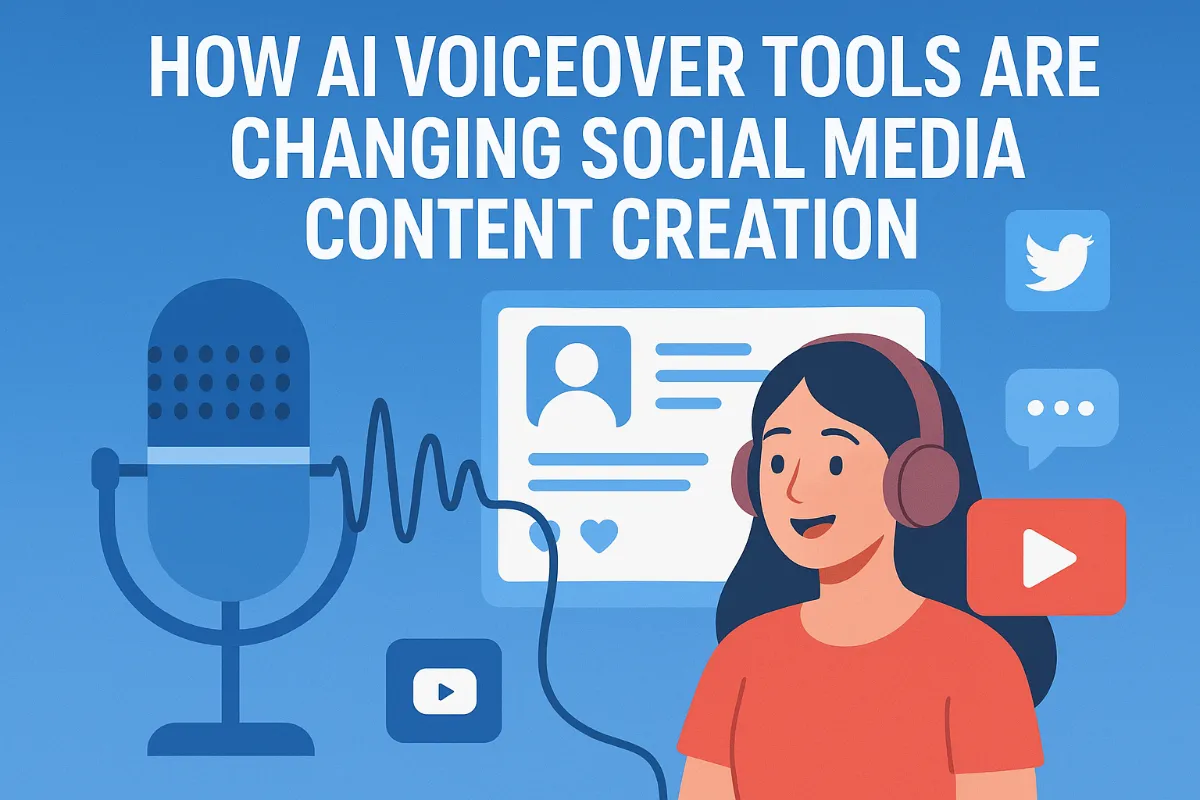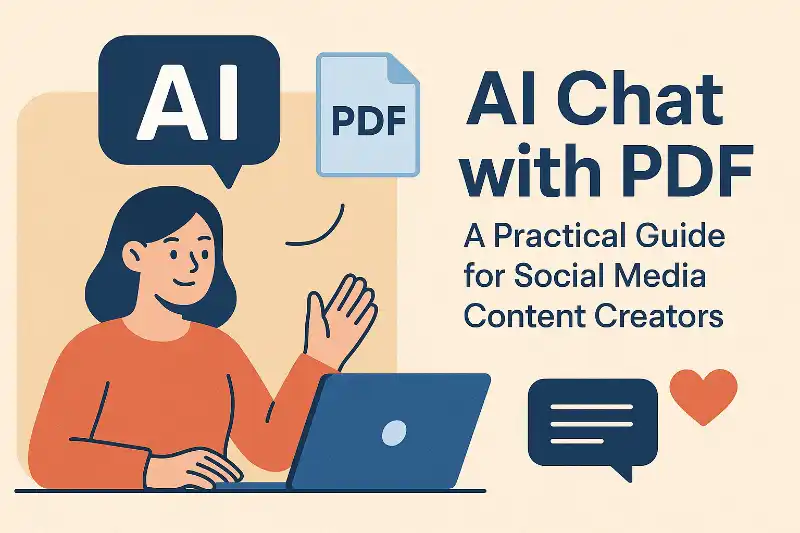Decentralized Social Networks: How AI is Revolutionizing Content Creation and Community Engagement
TL;DR
The Rise of Decentralized Social Networks: A New Paradigm
Imagine a social network where you, not some big corporation, own your data. That's kinda the idea behind decentralized social networks, they're popping up as a solution, promising more user control and privacy.
- Data Ownership: You control your data, unlike on those old centralized platforms. (Centralized vs Decentralized Identity Management)
- Privacy: Better privacy because of blockchain's encryption stuff. (Blockchain Solutions for Enhancing Security and Privacy in ... - MDPI)
- Censorship Resistance: These platforms are harder to shut down or censor 'cause the power's spread out. (How Censorship Resistant Are Decentralized Systems?)
Basically, they're trying to give power back to the people using them. Like Naveed Ul Haq said, decentralization makes things more secure and keeps your data yours. Examples of this new wave include platforms like Mastodon, Lens Protocol, and Farcaster. Next, we'll talk about why this whole decentralization thing matters for people making content.
AI's Role in Enhancing Decentralized Social Platforms
Ai is totally going to change how content gets made on these decentralized social platforms. But how do we make sure it's easy for people to use while still getting the benefits? Ai has some cool answers.
Ai algorithms can look at what you like and suggest stuff you might be into. This makes people stick around more. For instance, ai can spot what's popular in certain groups.
Ai can also help out with moderating communities. It can spot and get rid of bad stuff, making it a safer place for everyone.
And ai-powered chatbots can help out right away, answering questions and fixing problems fast. This makes users happier.
Bridging AI Applications to Decentralized AI Infrastructure
We've seen how ai can make decentralized social platforms better, from personalized recommendations to automated moderation. But what makes all this possible? It's the underlying infrastructure of decentralized ai, or DeAI. DeAI is what allows these advanced ai features to run without a central authority, ensuring the privacy and control that decentralized networks promise. Now, let's dive into the core components that make DeAI tick.
Key Components of Decentralized AI for Social Media
Think about a world where ai algorithms aren't controlled by just one company. That's what decentralized ai (DeAI) is aiming for, spreading out the important parts of ai across networks.
DeAI needs three main things:
- Data: Stuff like Filecoin and Arweave are platforms that offer secure, spread-out data storage, making sure your data is safe and available.
- Compute: Networks like Render Network and AIOZ provide the power needed to train ai models, distributing the heavy lifting.
- Algorithms: Bittensor is an example where decentralized platforms help ai models get shared and worked on together. This means developers can collaborate and build better ai, with the platform incentivizing the creation of really good algorithms. This distributed nature is key to how DeAI can be more transparent and less prone to single points of failure or control.
DeAI has the potential to totally shake up content creation and how communities interact. This could really change who has the power in the ai market.
Use Cases: AI Transforming Decentralized Social Networks
Ai is changing how content creators can actually make money on decentralized social networks. Let's look at how ai can open up new ways to earn.
- AI-optimized ad placement: Ai algorithms can figure out the best spots for ads based on what people are looking at. This could really boost ad money for creators.
- Smart contracts for direct payments: Creators can use smart contracts to get paid directly. No middlemen needed, so they get what they deserve.
- Decentralized autonomous organizations (DAOs) for funding content creation: DAOs let communities decide who gets funding for their content. Creators can get support straight from their fans.
These ways of making money give creators more power.
Challenges and Opportunities in Decentralized AI Social Media
Decentralized ai social media has some tricky parts. How do we make sure these platforms can handle lots of users, are fair, and safe?
- Scalability: Dealing with tons of data and users is a big hurdle.
- Regulation: Figuring out all the rules about data privacy is still complicated.
- Security: Platforms gotta be good at stopping bad actors.
But, there are also some really exciting possibilities. Decentralized ai social media could lead to totally new business models where users are rewarded for their contributions, not just advertisers. It also opens the door for more innovation because anyone can build on these open networks. Plus, it gives users more say in how platforms are run and what kind of content is promoted. Addressing the challenges will help unlock these amazing opportunities.
Future Trends: The Evolution of AI in Decentralized Social Media
The future of social media is happening right now. Imagine ai just smoothly working everywhere on decentralized platforms, making things better for users and creators.
These future trends build on the foundations we've discussed. The challenges of scalability and regulation are pushing for more advanced ai models that can operate efficiently and ethically. The opportunities for user empowerment are driving enhanced personalization techniques that put users in control of their experience. And the need for a connected web is fueling cross-chain interoperability, allowing data and assets to flow freely between different decentralized networks. This evolution promises a more open and user-centric digital future.





